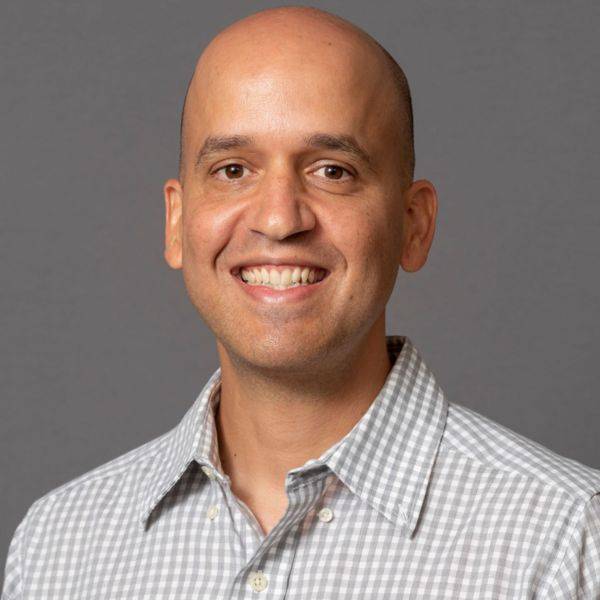Eduardo Perez, Ph.D.
Ingram School of Engineering
College of Science and Engineering
Providing Continuity of Care for Chronic Diseases After Natural Disaster: A Resource Allocation Model for Public Health Preparedness in Texas
Background:
Dr. Perez studies the application of operations research in service systems, including public health and healthcare. By examining complex problems through a systems approach, Dr. Perez offers insight to improve public health preparedness in response to natural disasters in Texas.
Faculty Fellows Project:
Dr. Perez used simulation models and decision theory analysis to identify, evaluate, and recommend resource allocation, interventions, and policies that will improve public health preparedness for individuals with chronic disease after a natural disaster.
Project Outcomes
Decision-making tool to inform planning for future natural disasters
Dr. Perez developed a time-dependent, agent based model to track the impact of not having access to medication after a natural disaster for patients with cardiovascular disease (CVD). This model can test the effectiveness of key interventions to ensure continuity of care for displaced individuals.
Explore the results of Dr. Perez's findings in the interactive data dashboard below.
Preliminary policies for hurricane events
Two key strategies emerged to reduce the impact of disasters on patients with CVD:
- Encourage providers and insurers to assist patients with personal preparedness plans.
- Improve information sharing platforms to ensure access to health records for displaced patients.
Pérez, E. (2023). Providing continuity of care for chronic diseases after natural disasters: A resource allocation model for public health preparedness in Texas. Poster presented at the Health Scholar Showcase, Translational Health Research Center, San Marcos, Texas.
Outreach to potential users and partners:
Dr. Perez is working with the Texas Center for Health Emergency Preparedness and Response to identify ways to connect his findings to practitioners.
He also initiated a new collaborative research partnership with the Institute for a Disaster Resilient Texas at Texas A&M-Galveston as a result of this project and his work with THRC.

